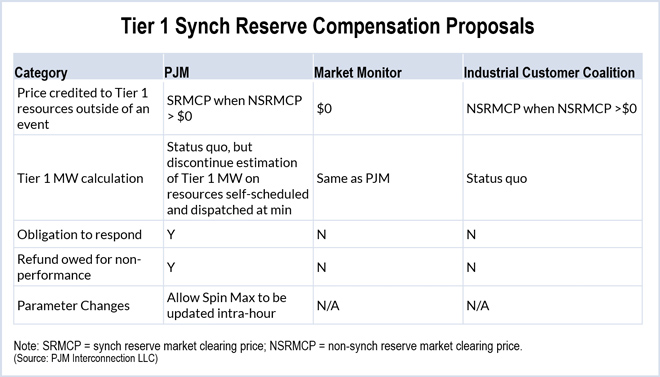VALLEY FORGE, Pa. — A months-long debate over whether to create “historic” capacity rights for some load-serving entities took a twist last week when PJM staff returned with a different proposal angled to achieve the same result.
“This has very little similarity, if any, to the previous approach,” PJM’s Jeff Bastian told the Market Implementation Committee on Wednesday.
PJM has been wrestling with how to help the Illinois Municipal Electric Agency meet its internal resource capacity requirements when it needed to use resources located outside of the Commonwealth Edison locational deliverability area to serve its Naperville, Ill., load. (See PJM Debate over ‘Historic’ Capacity Rights Gets a Face: IMEA.)
After failing to gain traction with skeptical stakeholders, staff veered from the notion of “historic” capacity to recommend a proposal that would apply only to Fixed Resource Requirement (FRR) entities — LSEs permitted to avoid direct participation in the Reliability Pricing Model auctions by meeting their capacity requirements using internally owned resources.
Under a proposal approved by PJM, the Independent Market Monitor and IMEA, the internal capacity requirement would not have an effect unless there was price separation for the relevant LDA.
IMEA will put in its offer after PJM defines the auction parameters. If its LDA has price separation when PJM clears the auction, it will be required to meet the internal requirement for the next auction, avoiding the internal capacity rule for only one auction, Market Monitor Joe Bowring explained.
The changes put IMEA where it was before PJM changed the rules regarding the trigger for the internal capacity requirement.
“Within an LDA that is being modeled separately, for reasons other than [Capacity Emergency Transmission Objective or Capacity Emergency Transmission Limit] threshold test or non-zero locational price adder in past three auctions, the FRR entity would not be subject to an internal minimum requirement until the first year after the LDA actually in an auction — or they could resort back to RPM the following year,” Bastian said.
Stakeholders, however, asked for more information regarding the thought process behind the changes before they considered approval.
Proposals Address Tier 1 Synch Reserve Compensation
Committee members were presented with the first read of three competing proposals addressing the issue of how to compensate Tier 1 synchronized reserves.
Since October 2012, Tier 1 reserves have been compensated at the synch reserve market clearing price (SRMCP) when the non-synch reserve market clearing price (NSRMCP) is greater than $0. While Tier 1 reserves are paid the same as Tier 2, only the latter is subject to penalties for non-performance.
The problem statement the proposals seek to solve asks whether it’s appropriate for such reserves to be credited when they are not responding to a synch reserve event, and if so, how much? (See Monitor: Cut Pay for Tier 1 Synchronized Reserves.)
Tier 1 reserves are made up of on-line resources that are able to ramp up from their current output within 10 minutes in response to a synchronized reserve event.
The proposals come from PJM, the Independent Market Monitor and PJM’s Industrial Customer Coalition.
The PJM proposal would retain the status quo of paying Tier 1 reserves the SRMCP when the NSRMCP is greater than zero. The ICC recommends paying the non-synch reserve price in that scenario. The Monitor says Tier 1 resources should not be paid except during a synch reserve event.
PJM’s proposal alone would impose an obligation on Tier 1 resources to respond, with a refund owed for nonperformance.
Independent Market Monitor Joe Bowring said the payments to Tier 1 resources are an unnecessary “windfall” that have totaled up to $15 million in the first quarter of this year alone.
“There’s no reason to pay Tier 1 anything additional than what they’re being paid now,” Bowring said. “That’s fully compensatory for what they’re doing.”
Changes Would Allow Earlier Replacement Transactions
The committee will be asked to vote at its next meeting on manual changes that would allow replacement capacity transactions earlier than Nov. 30 prior to the start of the delivery year.
Such replacements would be permitted when the owner of the replaced resource could show the expected final physical position of the resource at the time of the request.
Existing generators could engage in such transactions if they are being deactivated, while new generators could replace themselves if their project is cancelled or delayed. Demand response or energy efficiency resources could be replaced due to the permanent departure of their loads.
Resources replaced would not be able to be recommitted for the delivery year.
— Suzanne Herel


